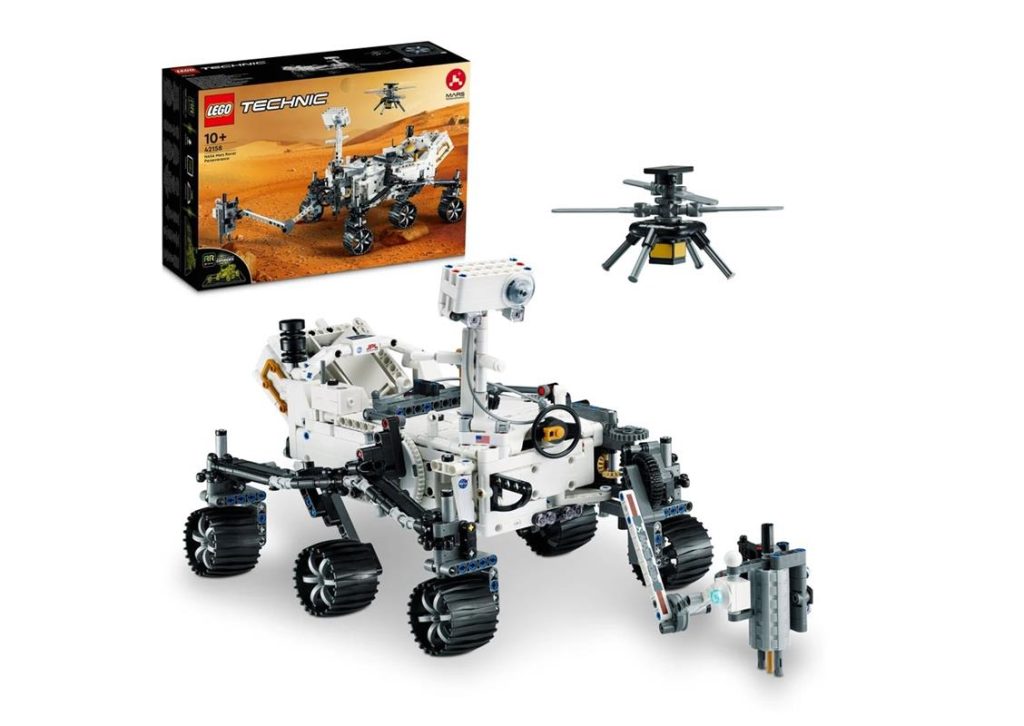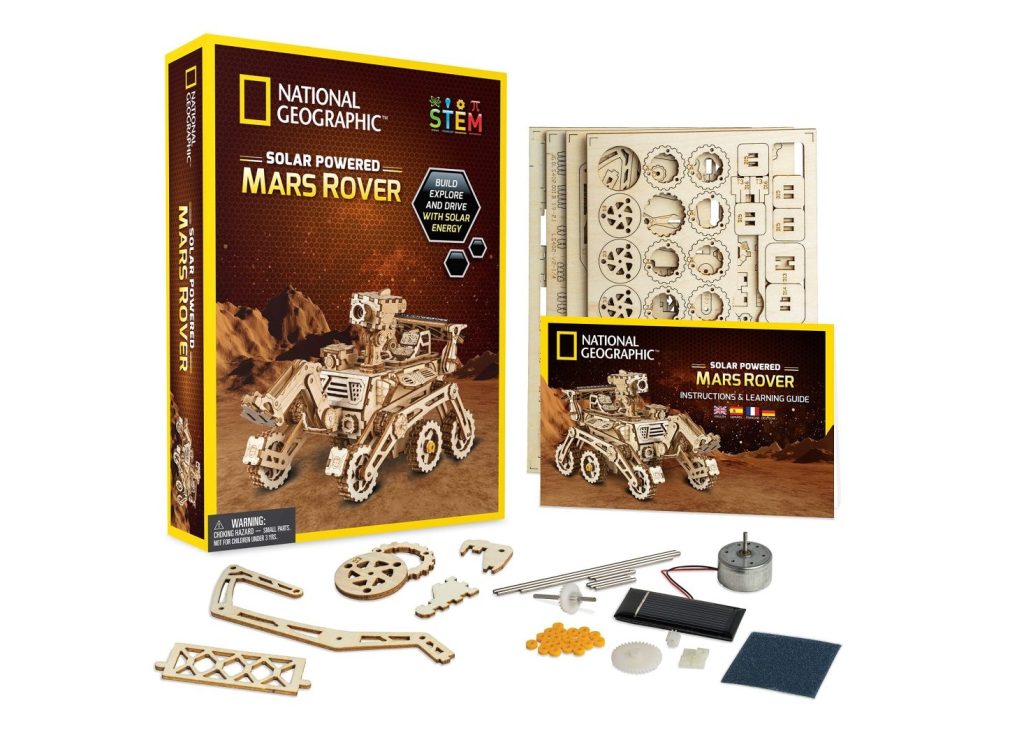Bringing the Red Planet to your desk or workshop has never been more exciting. Building a model Mars rover is not just a fun hobby—it’s an educational journey into engineering, robotics, and planetary science. Whether you’re a student, parent, or space enthusiast, this DIY project offers a hands-on way to explore NASA’s iconic robotic explorers.
Why Build a Mars Rover Model?
- STEM Education: Great for learning about robotics, mechanics, and space exploration.
- Creative Fun: Encourages problem-solving, precision, and creativity.
- Family Bonding: A perfect weekend project to enjoy with kids or fellow space nerds.
- Display-Worthy: A cool, conversation-starting collectible once completed.

Choosing Your Mars Rover Model Kit
Here are some popular options depending on age and skill level:
- Beginner Kits: Snap-together plastic models or solar-powered rovers for kids.
- Intermediate Kits: Kits with motors, sensors, and basic wiring—ideal for teens and hobbyists.
- Advanced Kits: Arduino-based or 3D-printed models that replicate real NASA rover functions.
Look for models based on:
- Perseverance
- Curiosity
- Opportunity
- Spirit

Tools and Materials You Might Need
- Small screwdriver set
- Precision tweezers
- Glue or epoxy (if not snap-together)
- Paint and decals (optional for customizing)
- Soldering tools (for electronic models)
- Instruction manual or guidebook
Step-by-Step Build Tips
- Organize all parts before starting. Use a labeled tray to avoid losing small components.
- Read through the entire manual once before assembly.
- Assemble in stages, such as chassis, wheels, sensors, and solar panels.
- Test moving parts before final assembly.
- Add finishing touches, such as decals or surface texture.
Where to Buy a Mars Rover Model Kit
- NASA Store
- Amazon
- Thames & Kosmos
- RobotShop
- Etsy for custom or 3D-printed kits
Conclusion
Building a model Mars rover combines the thrill of space exploration with the joy of hands-on creativity. It’s a fun and rewarding way to learn about the amazing machines that help us understand our planetary neighbor.


